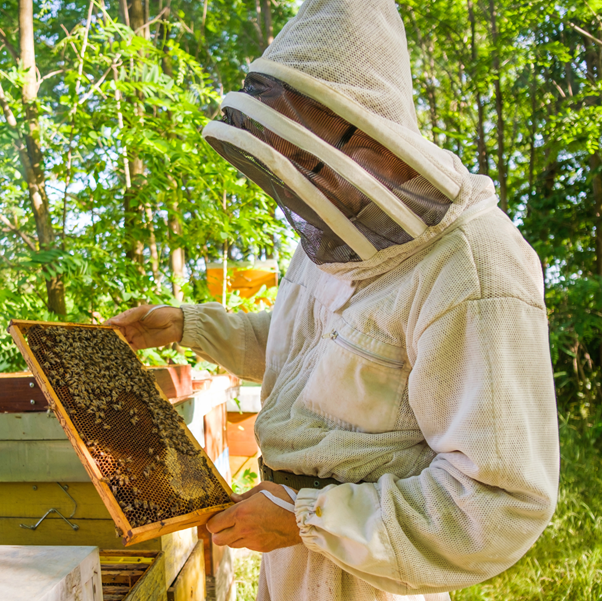Mad honey, known for its unusual qualities and contentious image, frequently piques interest and poses queries in the minds of both buyers and aficionados. However, this fascinating material raises several commonly asked issues, ranging from what mad honey is to considerations surrounding this product. With this, learn the answers to some of the most frequently asked questions regarding mad honey.
What is Mad Honey?
Mad honey, also known as grayanotoxin honey, is a type of honey produced by bees that feed on the nectar of rhododendron flowers, particularly those found in regions like Nepal, Turkey, and certain parts of the United States. What sets mad honey apart from regular honey is its psychoactive properties, attributed to the presence of grayanotoxins. These naturally occurring toxins, primarily grayanotoxin I and grayanotoxin II, can induce various physiological effects when ingested, ranging from mild intoxication to severe poisoning.
What Are The Health Concerns and Safety Precautions of Mad Honey?
While mad honey has been consumed for centuries for its purported medicinal properties and recreational effects, it is essential to approach this product with caution due to the presence of grayanotoxins. Ingesting excessive amounts of mad honey can lead to a condition known as mad honey poisoning, characterised by symptoms such as dizziness, nausea, vomiting, and in severe cases, cardiac complications and even death. Therefore, it is crucial for consumers to be aware of the potential risks and to consume mad honey in moderation, if at all.
Is Mad Honey Legal?
Another frequent query about mad honey is: is mad honey legal? The legality of mad honey varies depending on the country and its regulations regarding food safety and controlled substances. In some regions, such as Nepal and Turkey, where mad honey is traditionally produced, it may be legally available for sale. However, in other countries like the United States and certain European nations, the sale and consumption of mad honey may be restricted or regulated due to its potential health risks.

What Are Mad Honey’s Cultural and Traditional Uses?
Mad honey is culturally significant in the regions where it is produced, often being used in traditional medicine and rituals. In Nepal, for example, mad honey, known locally as “red honey,” has been used for centuries for its supposed medicinal properties, including its potential as an aphrodisiac and treatment for various ailments. Similarly, in parts of Turkey, mad honey has been consumed as a delicacy and for its perceived health benefits, albeit with an awareness of its potential risks.
How To Harvest and Produce Mad Honey?
The production of mad honey involves a unique process where bees collect nectar from rhododendron flowers containing grayanotoxins. As the bees process the nectar into honey, these toxins are transferred, resulting in honey with psychoactive properties. Harvesting mad honey requires careful attention to ensure that it is collected without contamination and that its potency is consistent. This process is often done by experienced beekeepers familiar with the risks and precautions associated with mad honey production.
What Are the Regulatory Challenges and Considerations of Mad Honey?
The regulation of mad honey presents challenges for authorities due to its unique properties and the lack of standardised testing methods for grayanotoxin levels. In countries where mad honey is legal, regulatory agencies may strictly impose its sale and distribution to mitigate potential health risks. However, enforcing these regulations can be difficult, particularly in regions where mad honey is produced informally or sold through unregulated channels. As a result, consumers must be vigilant and exercise discretion when purchasing mad honey.
Conclusion
Mad honey’s distinct qualities and cultural significance continue to captivate and enthral people worldwide. However, it’s essential to approach it cautiously and be aware of what mad honey is and the possible risks involved in consuming it. While some people may find that using mad honey has therapeutic and recreational benefits, excessive use of it can have serious adverse effects on one’s health. Additionally, customers should be aware of the changing regulatory environment and the ongoing research on mad honey effects to make educated decisions about using it in their daily lives.
Visit Maddest Mad Honey to experience the magic of mad honey for yourself.

